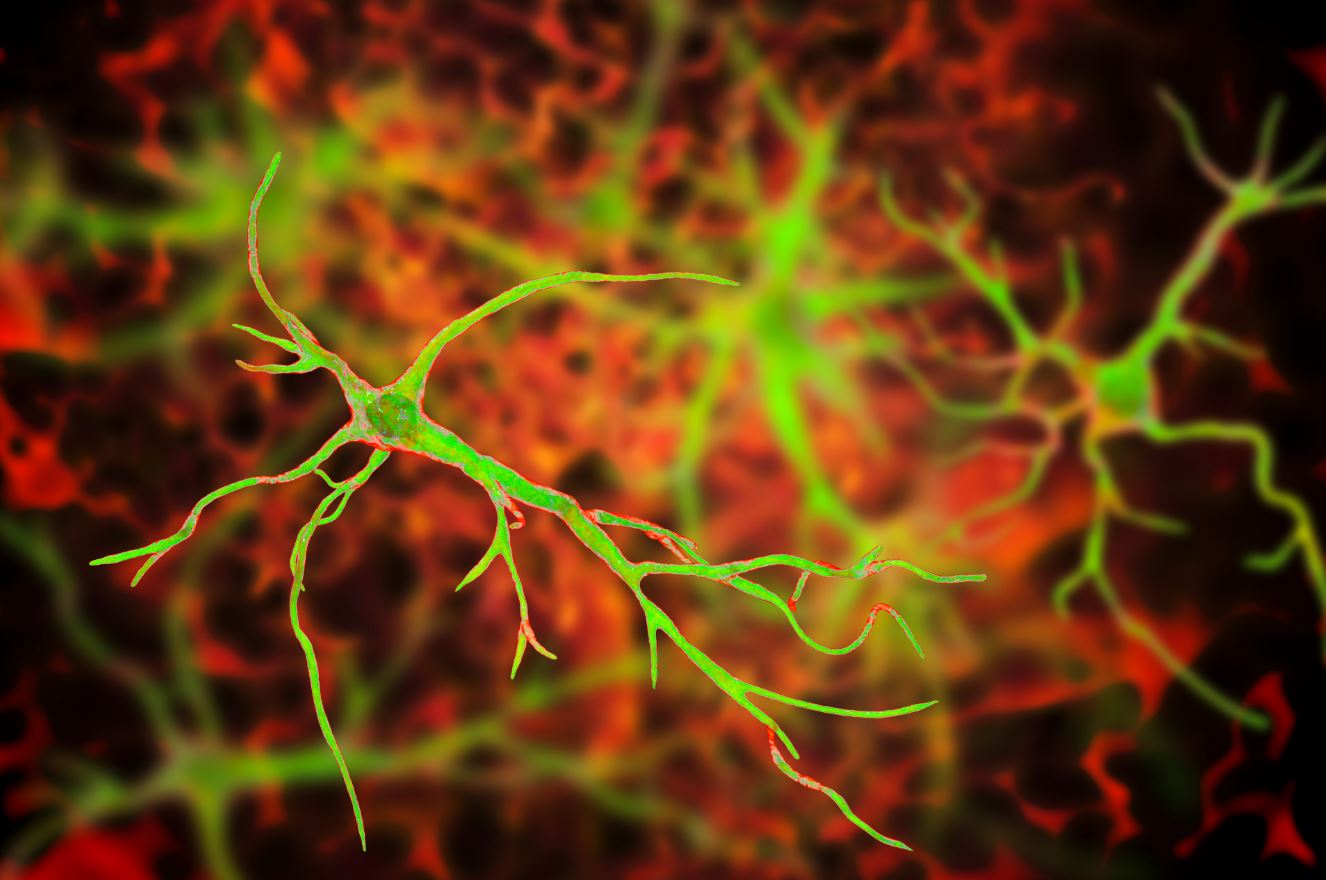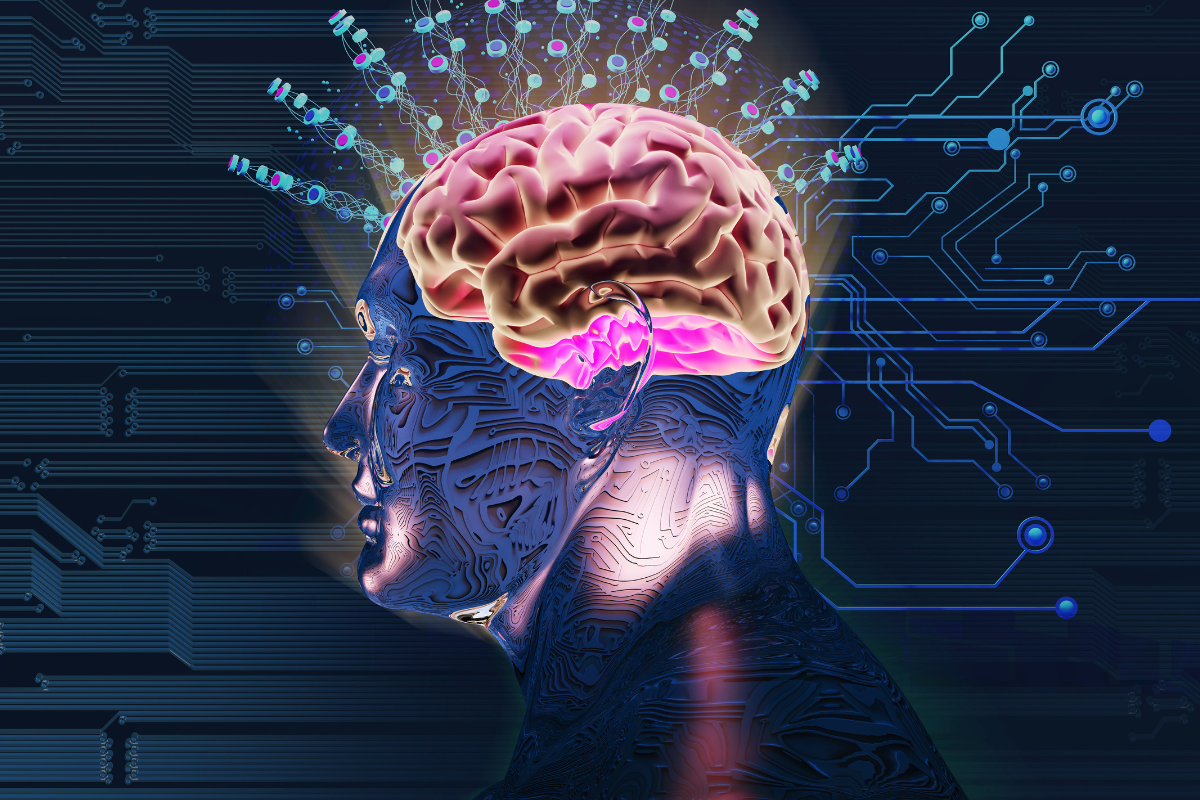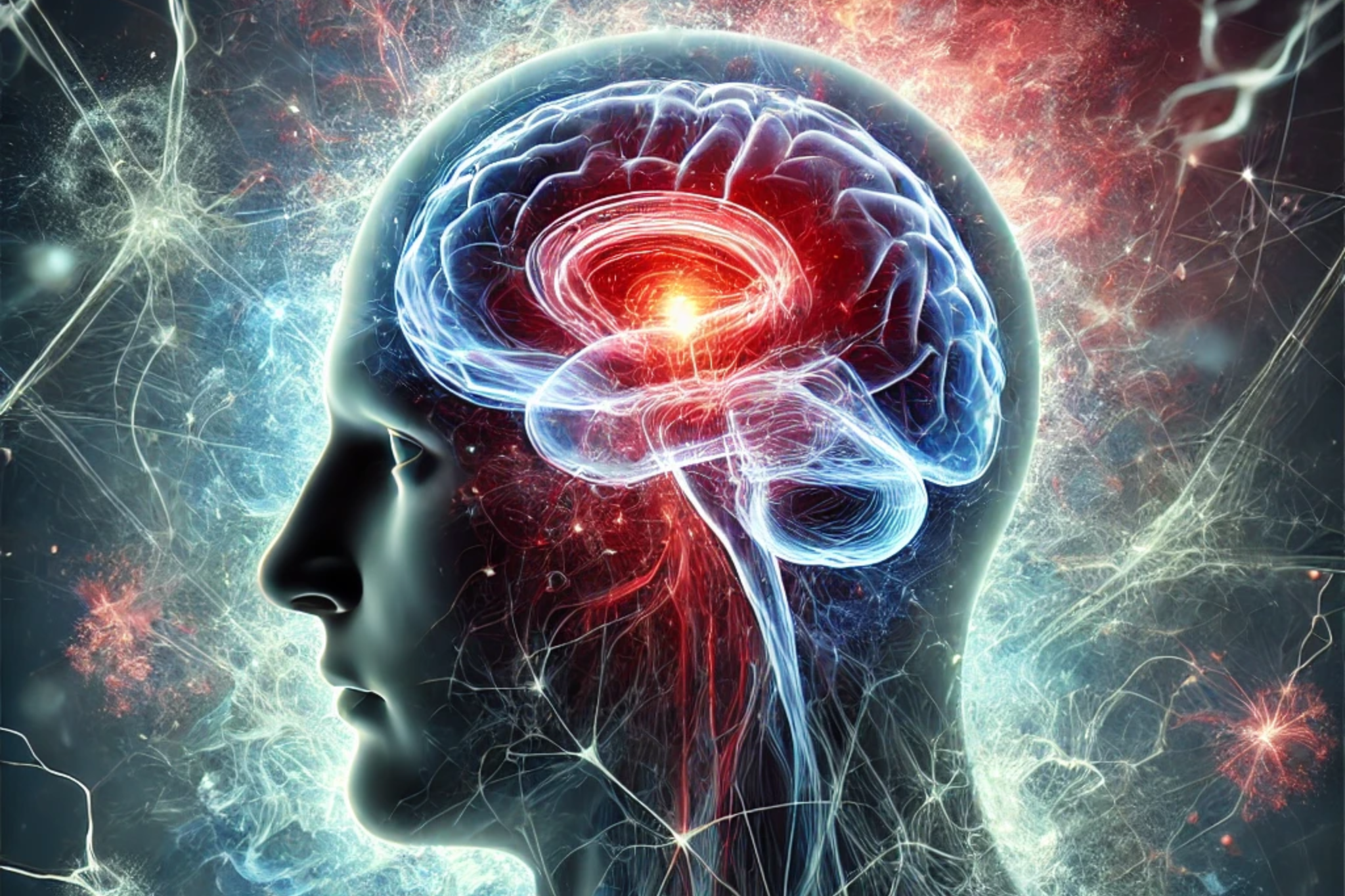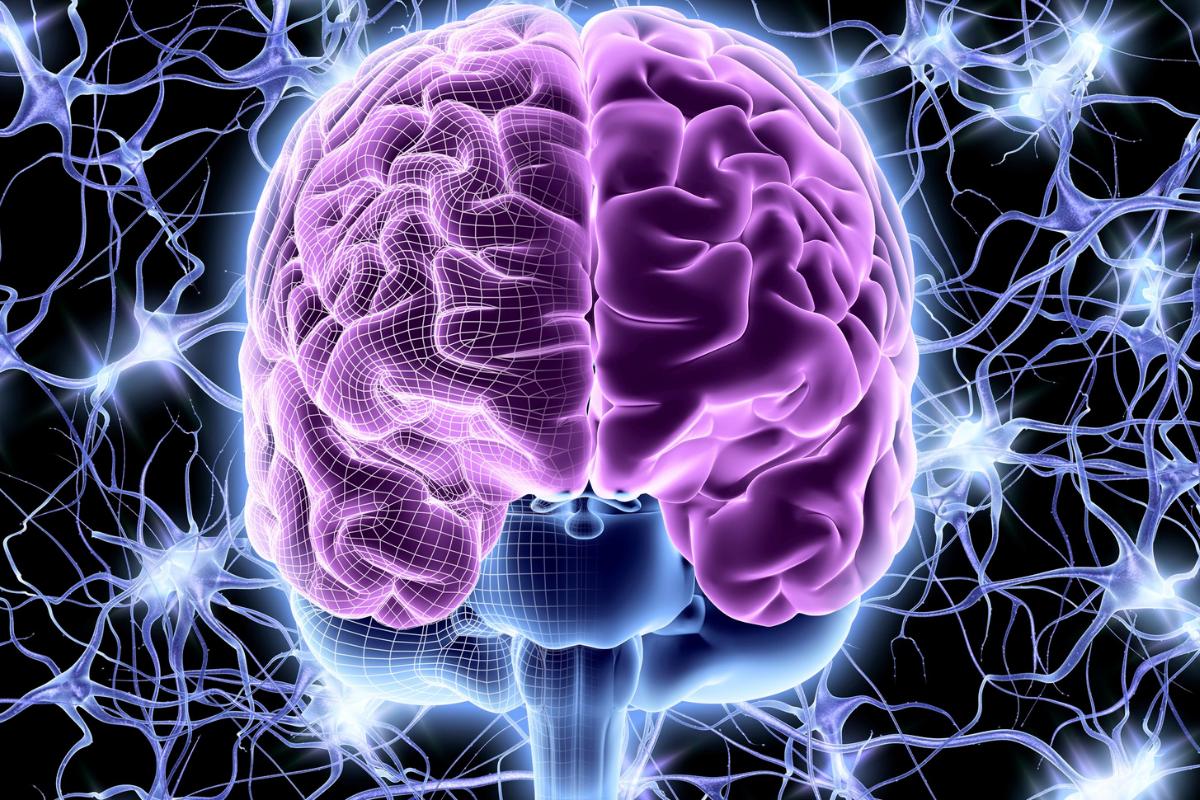By Dr. Petrus Raulino
What is Bipolar Disorder?
O Bipolar disorder is a subtype of mood disorder. It affects around 2% of the world's population.
Bipolar disorder is a psychiatric condition characterized by at least two mood episodes (depression or mania) throughout life, at least one of which must be manic.
Twin studies have shown that the genetic load of Bipolar Disorder is in the order of 70 to 80%.
There is strong evidence that the risk for Bipolar Disorder is polygenic, i.e. it occurs through a set of alleles, each of which has a small effect on the risk.
Genetic studies have shown aberrant messenger RNA expression of inflammatory genes in patients with Bipolar Disorder and their offspring.
The role of Neuroinflammation
In recent years, scientific research has substantially increased understanding of the role of neuroinflammation in psychiatric disorders.
In vitro research published in the journal Stem Cell Reports sought to understand whether altered molecular signaling in astrocytes induced by inflammation was associated with Bipolar Disorder.
Astrocytes are cells known to participate in the inflammatory cascade within the brain. They are activated by interleukin-1? (IL-1?) and other pro-inflammatory cytokines and, in turn, secrete cytokines that participate in the neuroinflammation process.
The research compared markers of inflammation in astrocytes derived from induced pluripotent stem cells (iPSCs) generated from patients with Bipolar Disorder and healthy individuals.
Search results
The response of astrocytes from patients with Bipolar Disorder to pro-inflammatory cytokines revealed a particular pattern, characterized by higher expression of the interleukin-6 (IL-6) gene. As a result, these cells secreted more IL-6, which negatively impacted the activity of neurons.
Factors secreted by astrocytes play a role in regulating neuronal activity and, in the case of Bipolar Disorder, IL-6 mediates at least in part between the effects of astrocytes stimulated by inflammation and neuronal activity.
These findings suggest that IL-6 may contribute to alterations in neuronal functioning associated with Bipolar Disorder, opening up new avenues for clinical research.
References
Vadodaria, K. C., Mendes, A. P., Mei, A., Racha, V., Erikson, G., Shokhirev, M. N., ... & Gage, F. H. (2021). Altered neuronal support and inflammatory response in bipolar disorder patient-derived astrocytes. Stem Cell Reports.
Gordovez, F. J. A., & McMahon, F. J. (2020). The genetics of bipolar disorder. Molecular psychiatry, 25(3), 544-559.
Benedetti, F., Aggio, V., Pratesi, M. L., Greco, G., & Furlan, R. (2020). Neuroinflammation in bipolar depression. Frontiers in psychiatry, 11, 71.
Colombo, E., & Farina, C. (2016). Astrocytes: key regulators of neuroinflammation. Trends in immunology, 37(9), 608-620.
Craddock, N., & Sklar, P. (2013). Genetics of bipolar disorder. The Lancet, 381(9878), 1654-1662.
Edvardsen, J., Torgersen, S., Røysamb, E., Lygren, S., Skre, I., Onstad, S., & Øien, P. A. (2008). Heritability of bipolar spectrum disorders. Unity or heterogeneity? Journal of affective disorders, 106(3), 229-240.
McGuffin, P., Rijsdijk, F., Andrew, M., Sham, P., Katz, R., & Cardno, A. (2003). The heritability of bipolar affective disorder and the genetic relationship to unipolar depression. Archives of general psychiatry, 60(5), 497-502.







